The event takes place via Zoom, and you can join the event here
Graham Williams: Thomas Bewick’s Aesop From a career in advertising and a decade at The Folio Society where Graham became a director, he changed to working alone. A continuing preoccupation has been the printing of wood engravings, for which he has an international reputation. A particular study has been the printing of Thomas Bewick’s woodblocks. He publishes under the imprint of the Florin Press. He is the author, or co-author, of a number of books including Thomas Bewick’s Fables of Aesop and Others, 1980, with Iain Bain and R. Hunter Middleton. Bewick & Printers, an essay into inking and damp tympans, 1983. Monica Poole Wood Engraver, with George Mackley, 1984. Naum Gabo Monoprints, from engraved woodblocks and stencils, with Sir Norman Reid, Martin Hammer and Christina Lodder, 1987. Eric Gill for Father Desmond, with John Dreyfus, 1993. Understanding Paper, assessment and permanence for artists & fine printers, 2021. Thomas Bewick Engraver, and the performance of woodblocks, 2021.
Sibylle Erle: ‘When I from black and he from white cloud free’: William Blake, Children and Illuminated Printing In ‘The Little Black Boy’, from Songs of Innocence (1789), Blake’s empathy is tangible; he addresses the plights of slavery through the eyes of a child. This child seems to think that only in death can he be perceived as equal. Racialised colour symbolism determines how we read the poem and its images. David Bindman, for example, deliberates that even in death ‘the Black boy’s vision of redemption […] is significantly limited, for […] the Black boy is still cast as subservient to the little white boy, shading him from the heat’ (2024: 99). Songs of Innocence is a collection of poems written for children; its place in eighteenth-century children’s literature is unique due to Blake’s innovative printing methods. If we bring Songs of Innocence into dialogue with Blake’s commercial work for John Gabriel Stedman’s Narrative, of a Five Years’ Expedition, against the revolted Negroes of Surinam (1796), we can successfully contextualize and examine Blake’s attitude towards ‘race’. He engraved at least thirteen plates but ‘dampened’ their brutal nature by superimposing the visual language of Neoclassicism and sometimes pornographic eroticism. However, there is no companion poem to ‘The Little Black Boy’ in Songs of Experience (1794) that openly tackles the horrors of slavery. Why is that?
Dr Sibylle Erle is a Visiting Scholar at the University of Lincoln and Senior Research Fellow at the Centre for Death and Society (University of Bath), is the author of Blake, Lavater and Physiognomy (2010), co-editor of Science, Technology and the Senses (2008), Panoramas, 1787-1900: Texts and Contexts (2012), The Reception of William Blake in Europe (2019), Monsters: Interdisciplinary Explorations in Monstrosity (2019-2020) and editor of Blake in Europe (2022). Apart from Blake and reception, her current research is on monsters and death in literature written for young readers. Sibylle is Chair of The Blake Society, Editor of VALA: The Journal of The Blake Society and Editorial Director of Global Blake

